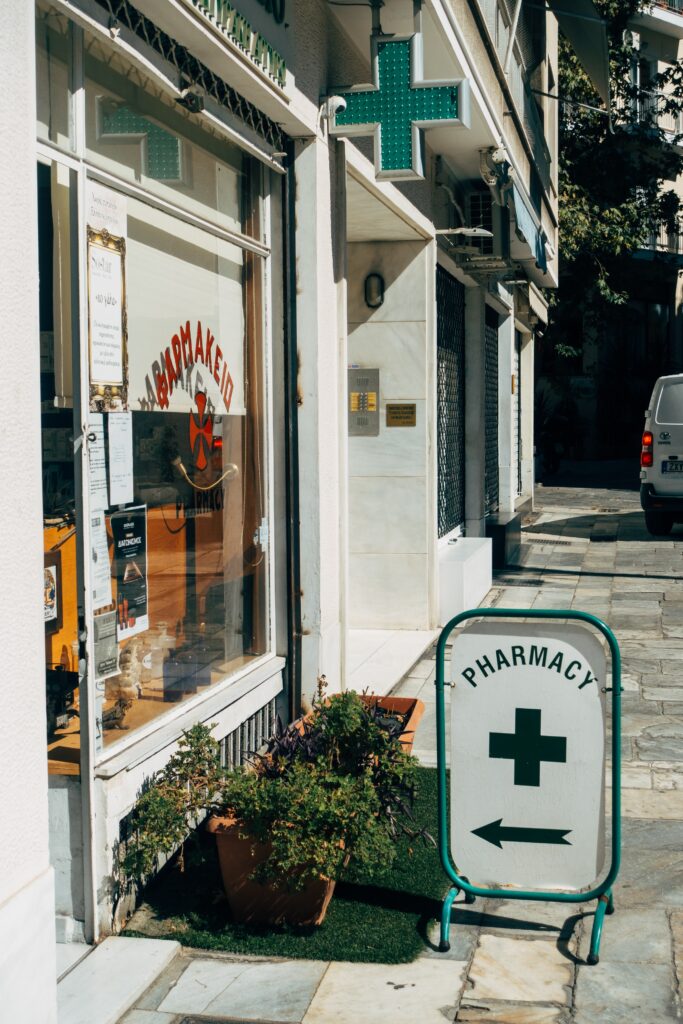Drug Interactions in Pharmacy Practice
Pharmacists are trained to recognize potentially dangerous drug interactions, and patients trust them to do so. But what happens when patients do not receive these warnings?
In 2016, the Chicago Tribune investigated how often pharmacists would dispense risky drug pairings without informing patients of the potential hazards of the drug combination. The Tribune journalists tested 255 pharmacies in the Chicago area, and found that 52 percent of the stores handed out the medications to reporters without warning them of the latent drug interactions.
We sat down with Crosby Tindal, PharmD, BCPS, to get the pharmacist perspective on the topic. Tindal obtained his Doctor of Pharmacy degree from the University of Minnesota-College of Pharmacy in Duluth, Minnesota. He also completed a year of post graduate residency training in a hybrid ambulatory care and community practice program through Cub Pharmacies and the University of Minnesota-College of Pharmacy. Tindal currently works as Pharmacy Quality Manager for Cub Pharmacy.
Pharmacists are trained to identify potentially unsafe drug interactions, and they are best positioned to do so, and warn patients. “I have encountered several instances of drug-drug interactions (DDIs) during my practice as a pharmacist,” Tindal said.
“I believe it is important that my peers recognize how uniquely equipped pharmacists are to identify and resolve these concerns, even in challenging practice settings such as community or outpatient pharmacy.”
Pharmacist duties and expectations have expanded, and looking for drug interactions is now one of many tasks pharmacists must complete in a day’s work. Pharmacists also have to deal with constraints and the pressure to fill prescriptions quickly and accurately.
The Tribune investigation found the failures occurred all over the Chicago area, regardless of store size. The reporters detailed instances of dispensed medication combinations that could trigger a stroke, produce kidney failure, or deprive the body of oxygen.
Tindal says keeping abreast of information on DDIs for recently approved drugs is taxing, as these medications aren’t part of his everyday practices. “This is especially true in the community and ambulatory care settings,” Tindal elaborates. In these contexts, pharmacists are often limited by insurance coverage, drug cost, and availability of what they see, dispense, and utilize. For Tindal, newer pharmaceutical products pose a challenge because they “tend to be costly, lack insurance coverage, and face slow uptake/adoption by prescribers.”
Americans are taking more drugs to stay healthy, and as newer medications enter the market and arrive at the pharmacy, staying on top of new and likely drug-drug interactions is imperative. Tindal says he has not had a chance to take a course specifically tailored to DDIs: “Most courses may contain a small section on DDIs – for example a new therapy class or a refresher on management of a certain disease state.”
Our pharmacy course on DDIs looks to fill this void. Developed in collaboration with Drug Interaction Solutions at the University of Washington, this program will provide 4.0 CEUs on the mechanisms of clinically significant pharmacokinetic drug-drug interactions observed with recently FDA-approved drug therapies.
“DDIs are extremely important in pharmacy practice,” Tindal states. “Statistics on this may vary, but more than 70 percent of Americans take at least one prescription medication, and more than 50 percent take more than one,” he continues. “This means a majority of the American population is potentially at risk for drug-drug interactions.”
Learn More & Register for Updates in DDIs for Recently Approved Drugs
